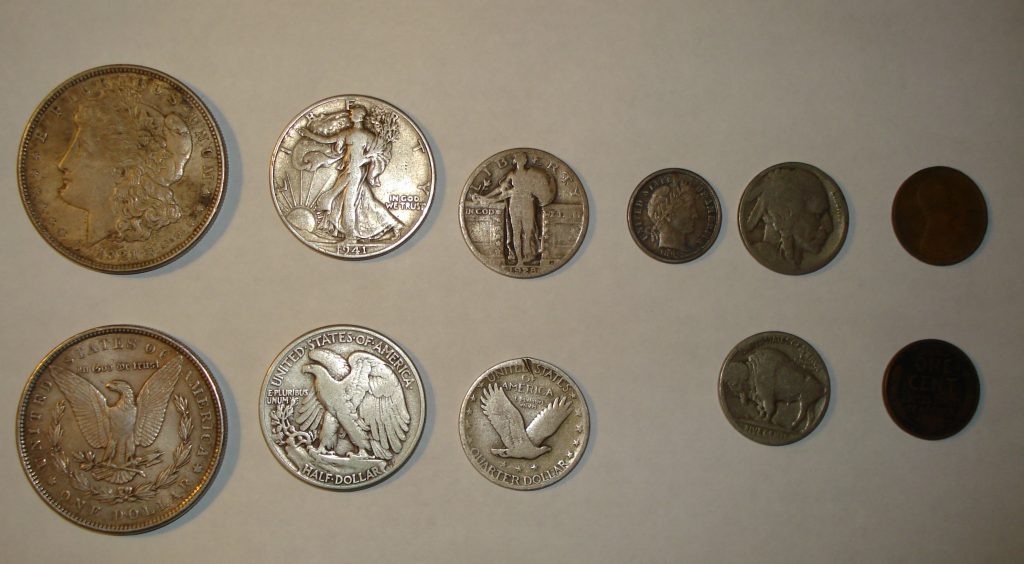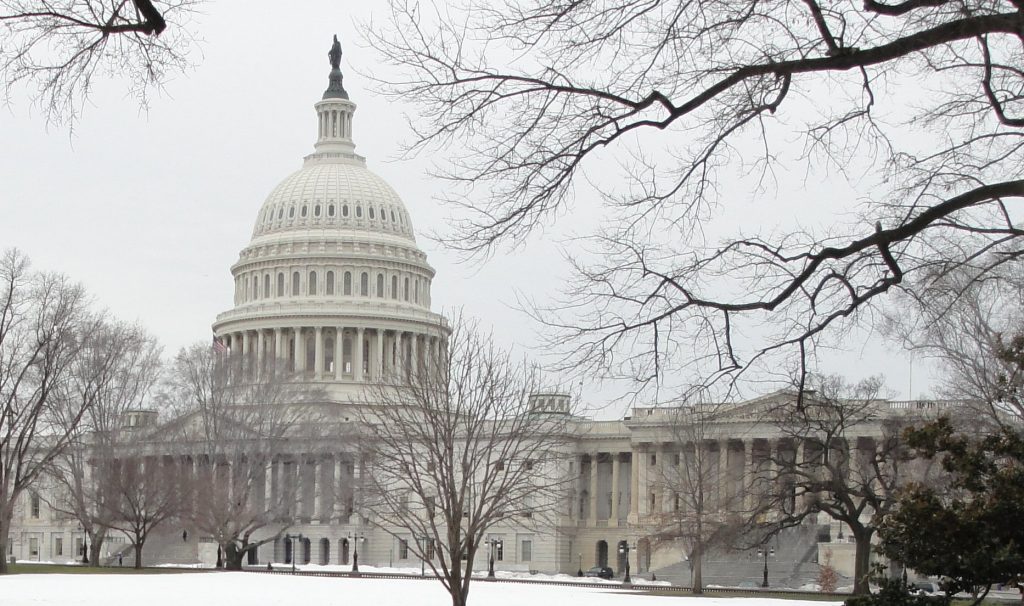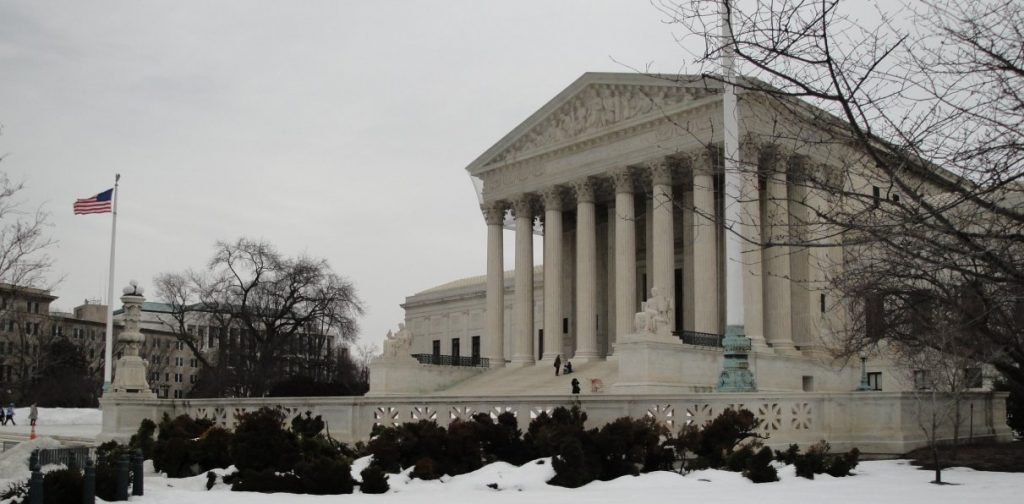Influence means changing behaviors. Changing attitudes, raising awareness and altering opinions are all important but ONLY to the extent that they lead to changed behaviors. Research shows that the link between most attitudes and behaviors is sometimes weak and sometimes not present at all. (Most of the people who hate us don’t try to harm us and many of the people who try to harm us don’t hate us.)
Those were some of the surprising things I heard at a presentation yesterday. The guy said that we have to look for the drivers of behaviors, which may be very different from what we think they are what people say they are or even what the people involved themselves believe they are.
He gave the example of a middle aged man who buys and expensive car. If you ask him why he wants that Corvette or Jaguar, he will probably tell you (and believe) that it is because of the performance, the fine leather seats, the comfort and reliability etc. What he is really doing is trying to impress others.
Many times the drivers of behaviors involve social inclusion. People want to be part of a group and/or improve their status within it. The reasons they give are often rationalizations. It is hard to find the accurate reasons by asking the people involved, since they are often deceiving even themselves, but ask the neighbors and acquaintances. The middle aged owner of a muscle car thinks he is just interested in the vehicle. His neighbors know that he bought it to show off his wealth or impress women with his still youthful and powerful outlook.
Our public diplomacy goal is to have deep influence on large groups and this is very hard. Nobody else really does this. When you look to the advertising world, you see that they are usually trying to influence shallow, short term decisions. They want to sell a product or service and that requires little in the way of long term influence. Politics is not much better. The whole campaign culminates in a single transaction, which costs the person nothing and requires no long term commitment. As politicians learn to their sorrow, the extreme love the voters profess for them on Election Day usually will not translate into long term behavioral change and will not even guarantee a repeat of the same behavior two or four years down the road.
This is why public diplomacy remains an art and not a science. It is complicated by the fact that we are working in other cultures, but knowing the culture is also not enough. (I am always suspicious of those “experts” who claim to know what 1.2 million Muslims or a billions Chinese are really thinking. Experts like that are a blight that should be avoided.) We Americans know our own cultures very well, but how many of us can accurately predict, let alone influence the behaviors of our compatriots six month in the future? We have to understand before we can influence, but where to start?
It is good to look at what people have been doing for a long time and accept that they have a good reason for doing what they do. It may not be a correct reason from our point of view. It may not even be objectively accurate, but it is a driver of behavior because it serves some useful purpose from the point of view of the person doing it.
So the first task is to identify the driver of behaviors we want to encourage or slow down and then address them, recognizing that the ostensible driver is probably not the real one. Our confusion about the stated driver and the real ones is a reason why many of our outreach efforts produce the results they do.
A terrorist might say that he wants to kill to avenge some earlier perceived wrong, but he is not telling the truth (even if he believes it). Put in a pragmatic way, removing his ostensible grievance would not change his behavior, although it might impel him to revise his grievance list. I thought of last week’s talk by Ghaffar Hussein on understanding radicals.
So … what do we do?
First we admit that it is not easy. Public diplomacy is not a science, but it can benefit from some scientific methods. The first should be to have some firm behavior based objectives. A goal to “change attitudes” or “raise awareness” is not sufficient. I have to admit that it would be hard for me to come up with objectives for many of our general public diplomacy programs, but the task is easier when we are talking about countering radicals. We might define goals such as “cut donations to radical groups,” “reduce recruitment,” or “eliminate offers of safe havens.” After that, we need to formulate a hypothesis about how this might happen as a result of our work. This would be something we could test. We don’t do this very often and the speaker offered that some of our attempts at Muslim engagement don’t really do much of anything, since the real drivers of behavior are not our attitudes toward Islam, and even if they were we would not have the authority or credibility to address them.
The proliferation of information on the web has proven a wonderful laboratory for social research, since you can see relationships, sometimes literally graphically. The web has shown itself to be a decent measure of non-web behavior, but so far is less useful as a driver. Some of this has to do with us. Very often we are not present in the places where influence is exerted and if we are there, we are not authoritative enough to make an impact.
Influence and authority are not fungible. This is a bit of a change on the web versus earlier times. You used to have influence or authority because of the influence or authority of the sender. We listened to the official BECAUSE he was the official. Here the USG is acting from a position of disadvantage. Most of the people we want to influence don’t respect our authority in the subjects at hand. Star power has also greatly diminished. A celebrity can draw a crowd, but influence only follows from having something compelling to say. Now the power lies in the reception of the audience. And it is not only how many listen to you, but more importantly WHO. Most people are not influential. You want to get the respect of those who are. You have to appeal to the influencers and to do that you have to have something THEY will consider new or useful.
Technologies can help us identify the influentials and the links among them. We can see the content, topology (links) and dynamics of networks in ways and detail we never could before. LES (latent Semantic analysis), the stuff Google uses, does a great job identifying patterns. Language reveals biases and ideologies and so these systems are very useful. But the computer cannot read. It just sees a bag of words and sorts them based on their proximity. We need to see or create useful taxonomy and there is no structured or permanent taxonomy, so we just cannot let it go by itself. There is no garden w/o the gardener and nobody has yet invented a perpetual motion device.
Once again we come back to the human factor. Humans influence humans. Our systems can supplement and enable human expertise, but they cannot replace it. We still have to set the goals and monitor the progress because if we don’t know where we are going, we probably will end up someplace else. Our technologies will help us get to the wrong place faster.







